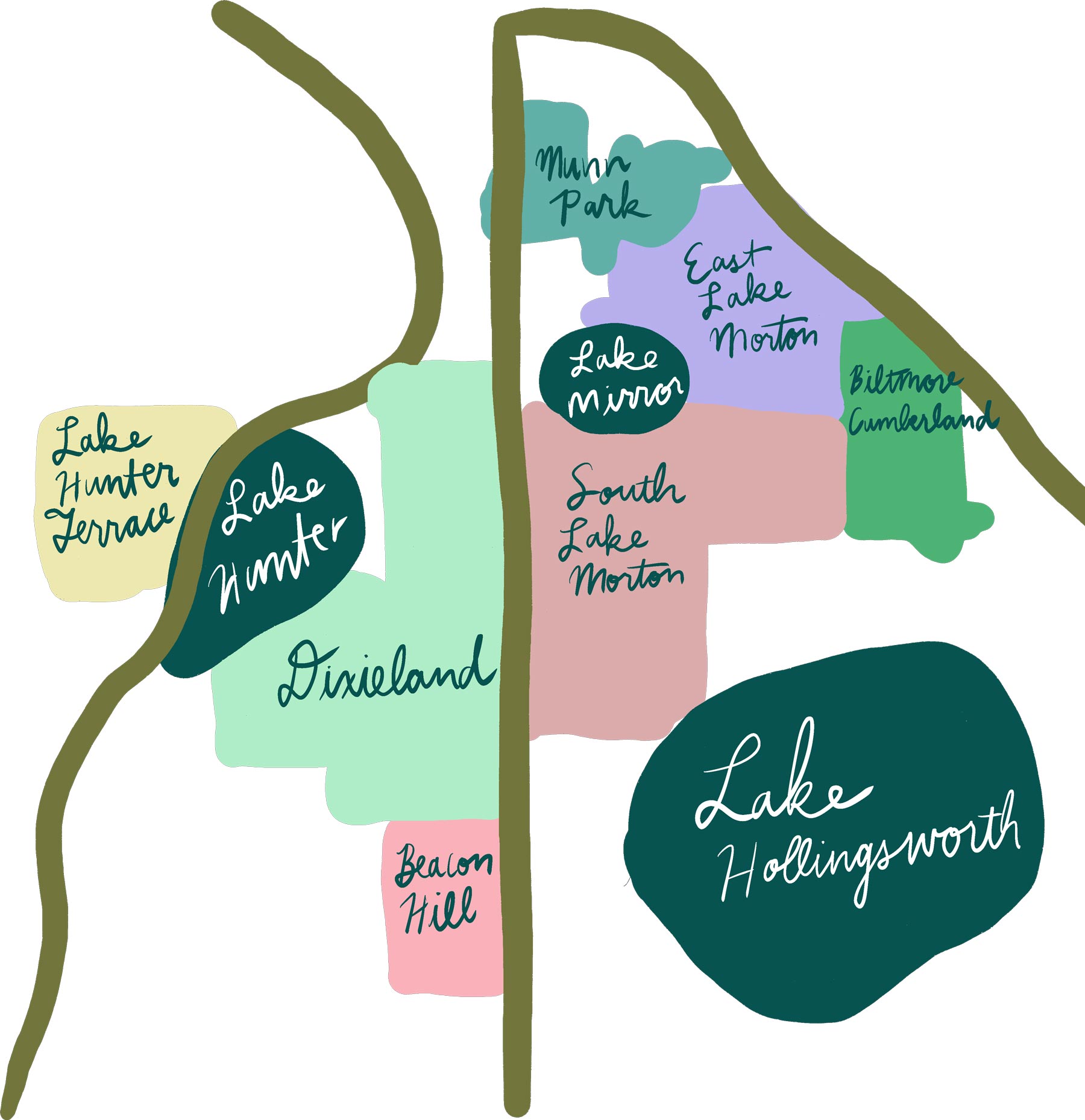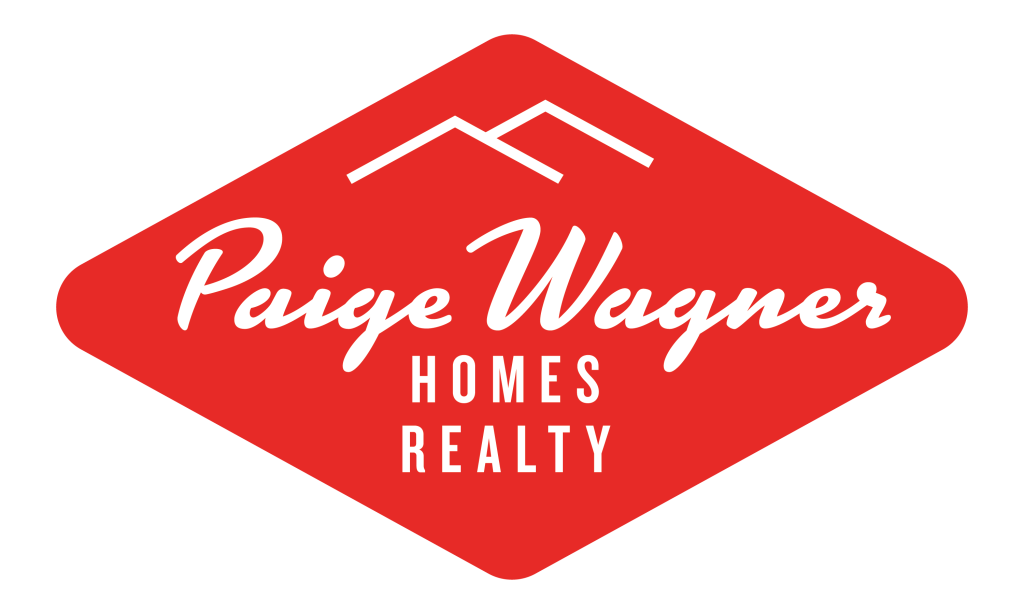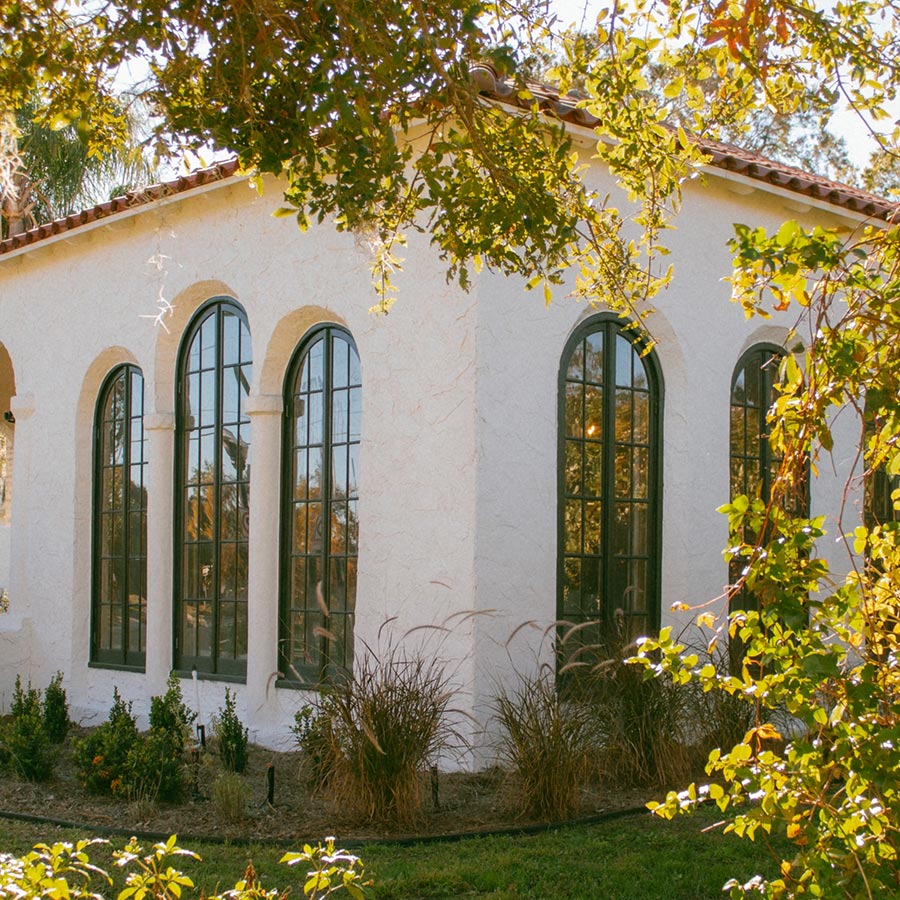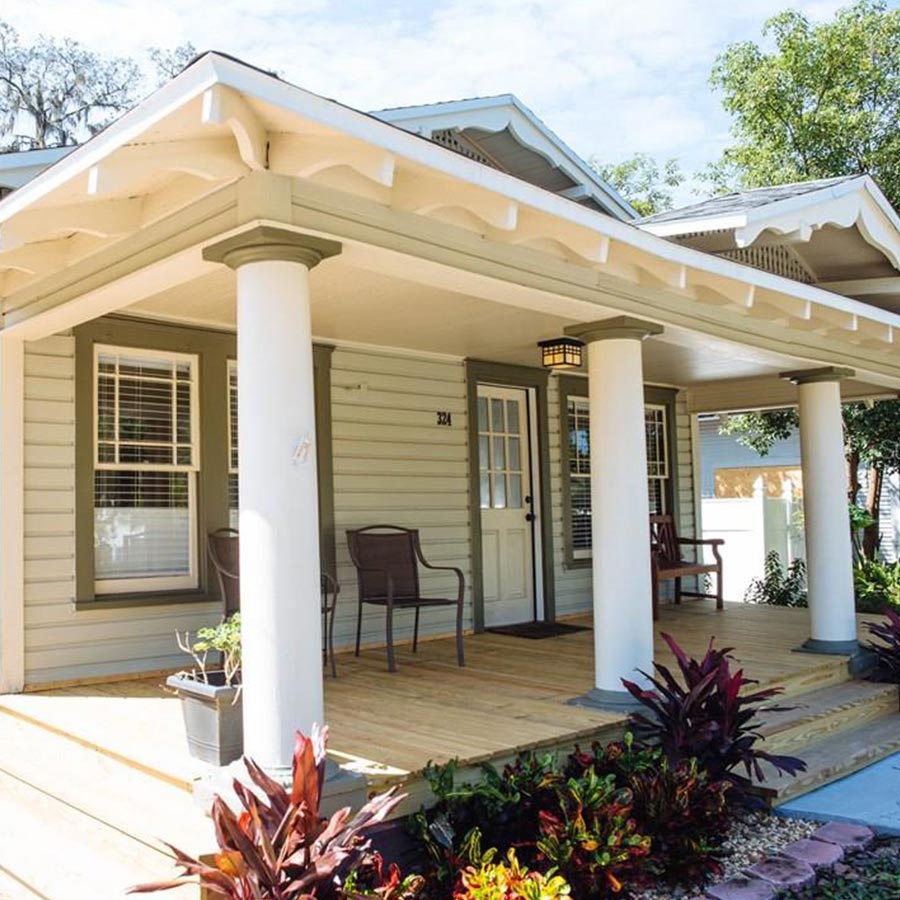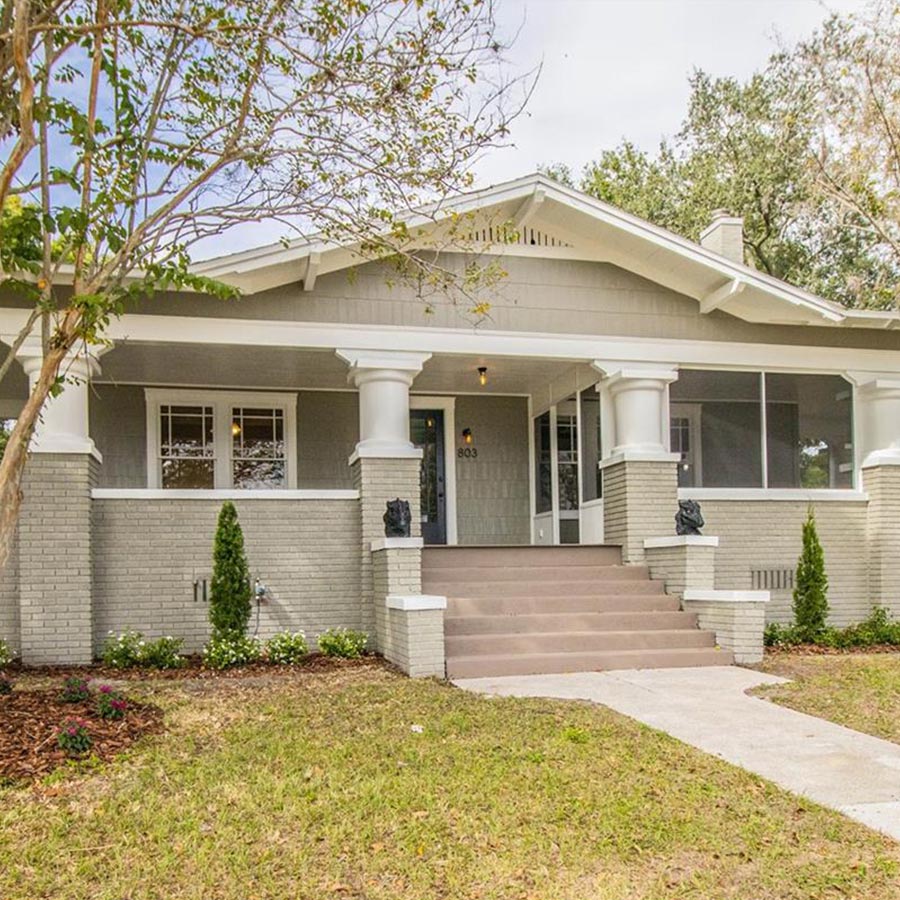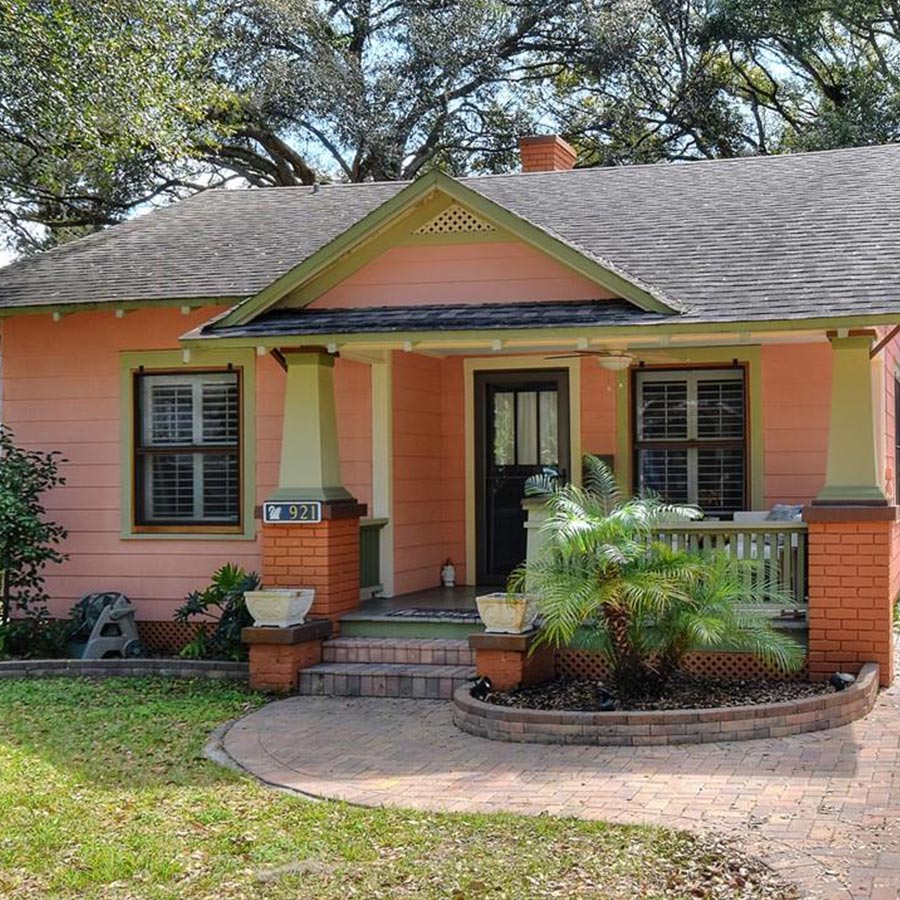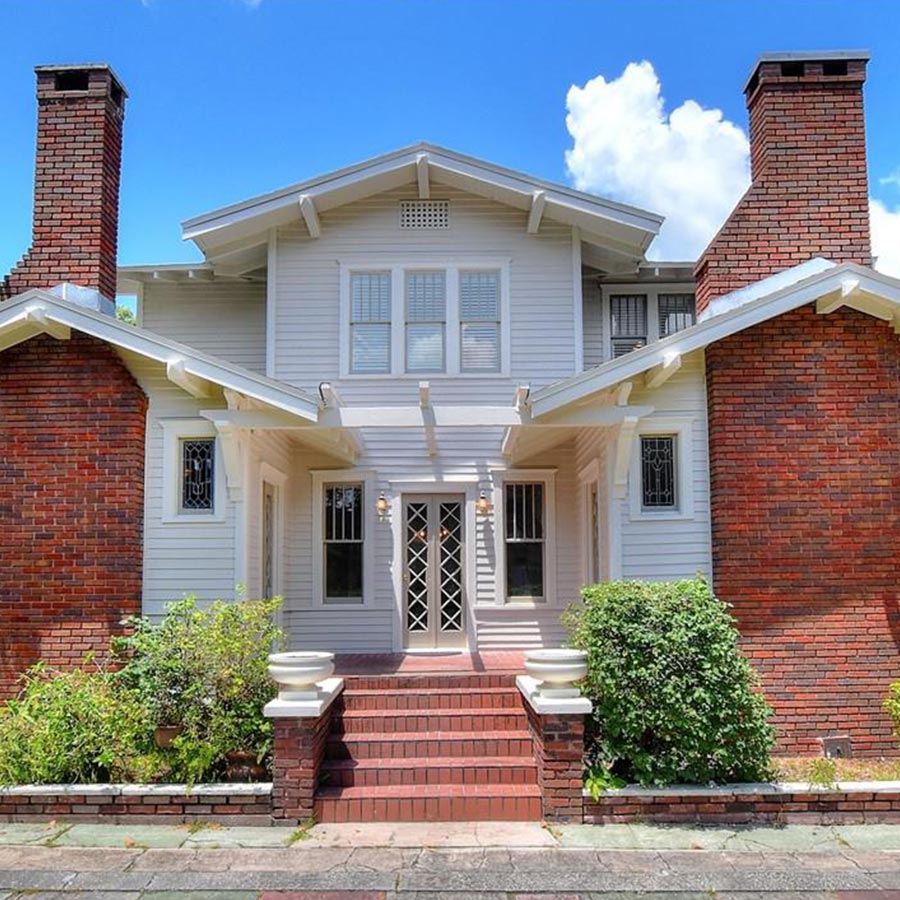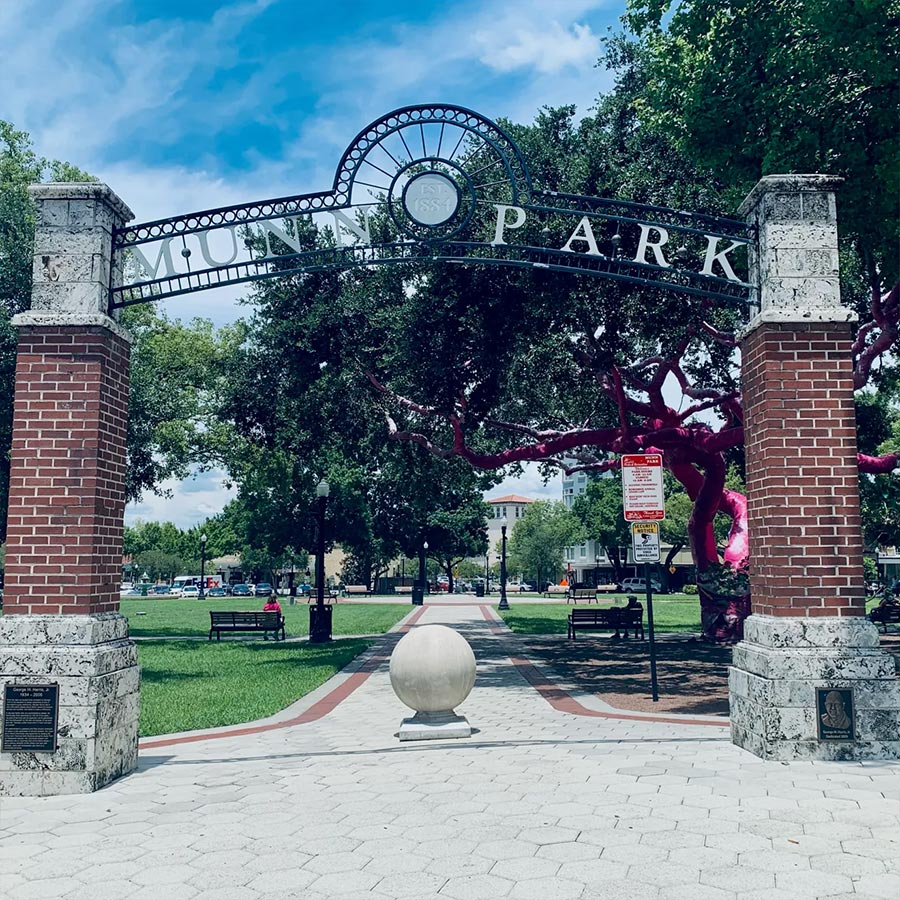Historic Neighborhoods
Get to know Lakeland’s historic neighborhoods.
When we consider the role of a home in telling a city’s history — especially historic homes — there’s no better place to go than Lakeland’s seven historic districts. Walking along shady lanes, beneath canopies of trees that have grown over generations of Lakelanders, there’s a clarity that comes to mind. Appreciating the homes in which we live, and the city that built them, often begins in these historic areas with deep roots and meaningful histories.
Click on a neighborhood below to explore more:
Historic Preservation
The City of Lakeland is proud of its unique architectural and cultural heritage. Boasting the world’s largest single-site collection of Frank Lloyd Wright-designed buildings on the campus of Florida Southern College, as well as notable buildings and structures designed by Donovan Dean, Franklin O. Adams, Edward Columbus Hosford, and Charles Wellford Leavitt, Lakeland’s architectural history reflects a diversity of styles and character.
Established in 1980, Lakeland’s historic preservation program protects the irreplaceable architectural, cultural, and historical character of our community.

